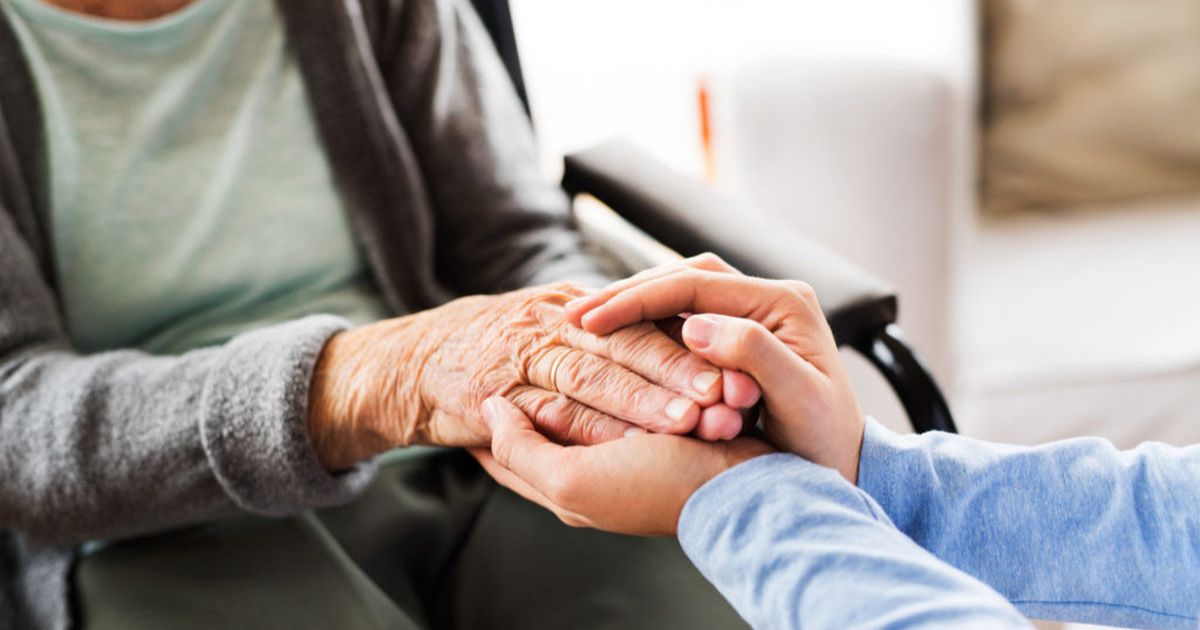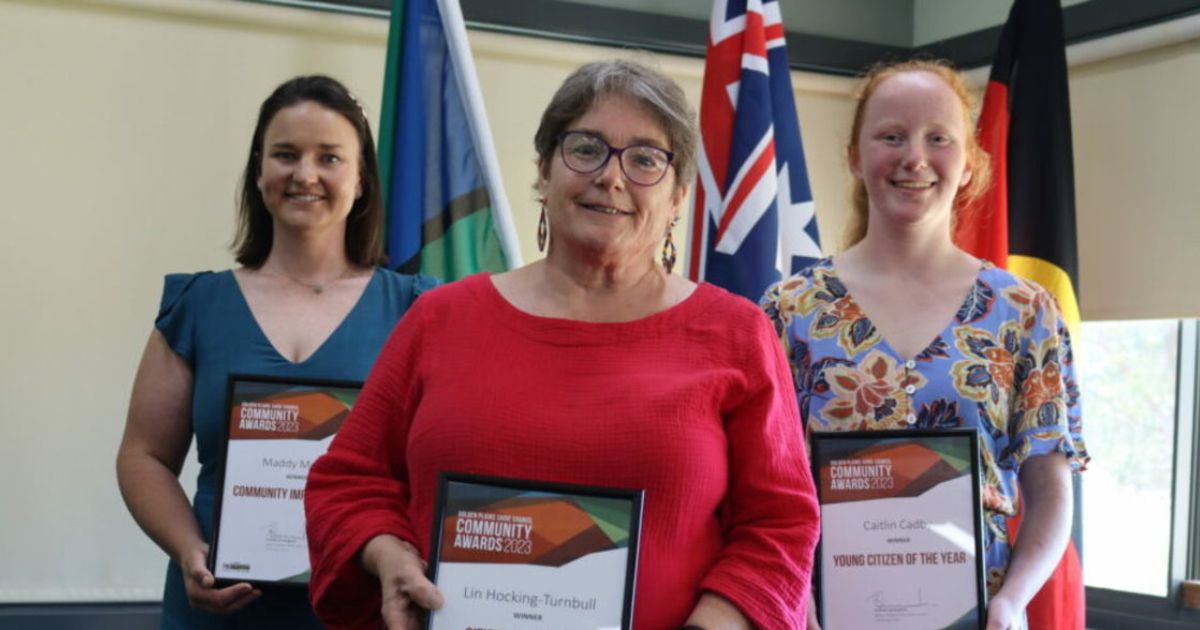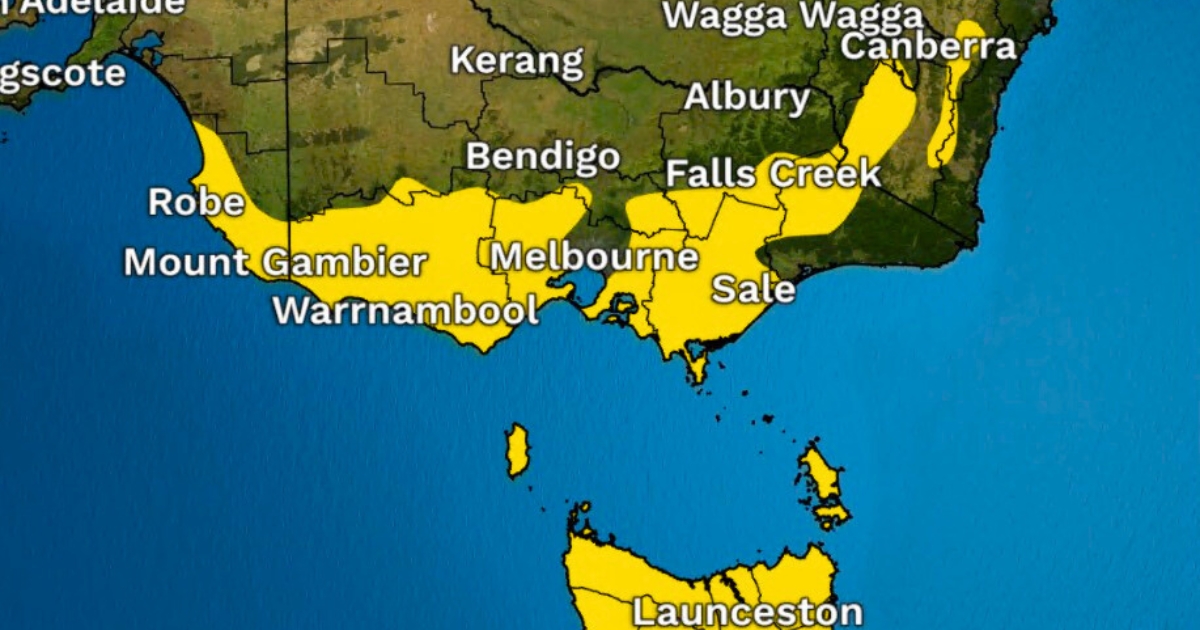Battling Ebola – A journey from Brown Hill to Sierra Leone to New York

Home: When Jamie Bedson comes back to Ballarat every two years it is a long way from Sierra Leone where he was involved in the Ebola epidemic. Photo: CAROL SAFFER
BALLARAT raised Jamie Bedson was living in Sierra Leone, Africa on 26 May 2014, the day the deadly Ebola virus arrived.
He was working for the youthled development agency Restless Development at the time.
“We saw the fear of Ebola, [everyone thought] it’s coming, it will kill you,” he said.
“What the message should have been was, here is how you can protect yourself from Ebola, and these are the things that are going to change in your country now.”
The West African Ebola virus epidemic, from 2013 to 2016, was the most widespread outbreak of Ebola in history.
The disease causes severe bleeding, organ failure and can lead to death.
Mr Bedson said Restless Development’s focus changed overnight when the epidemic took hold in Sierra Leone.
It went from being a small sector organisation to leading the engagement with the local communities to protect themselves from Ebola.

He adapted the organisations small community engagement models to a large-scale social mobilisation program as part of the Ebola response in Sierra Leone.
“We went from 200 volunteers to 2500 volunteers,” he said.
The road to Sierra Leone began on Humffray Street.
Mr Bedson was born in Ballarat, attended Brown Hill Primary School and Ballarat North Technical School then did a did a year at Ballarat Uni before dropping out.
He loved growing up in Ballarat but felt a little bit disconnected always wanting to see the rest of the world.
“First thing I did was camp counselling, just what most Australian back packers do when they head overseas for the first time,” Mr Bedson said.
“In the late 90s I found myself in Bosnia and I started volunteering for various youth groups just after the Kosovo war.
Mr Bedson returned to Melbourne gaining a Master in International Development at RMIT.
He learned about communities helping themselves by providing them with the tools.

“It’s not empowerment, it’s creating and enabling an environment,” he said.
He interned with World Vision who sent him to Zimbabwe and that’s where he fell in love with Africa.
Mr Bedson and his wife relocated to take on a management role with in Sierra Leone.
The agency organised peer education in support of sexual reproductive health, civic participation and employment.
Young Sierra Leonians, from mainly the cities, were trained for nine months to live and work in the country’s rural areas to engage with the local communities with a real focus on infant mortality and teenage pregnancies.
Evidence around the success of community engagement, working with your own countrymen, in your language and within your own culture, is inconsistent.
“Peer led education has mixed evidence, but from Restless Development’s perspective, it’s not just the impact of the young person, it is the impact on the young person,” Mr Bedson said.
“We know it works but we don’t know 100 per cent what works, so we work with those people to create change.”
Mr Bedson believes the greatest impact is when a young person, after training, becomes a valuable member of society who can skilfully advocate for many years to come.

B e c a u s e they changed their own behaviour it has knock on effects, they learn about management, punctuality, how to talk to communities and manage conflict resolution.
Half of the staff at Restless Development came through the peer education program.
Mr Bedson used the agency’s community engagement model as a source to combat the Ebola epidemic in Sierra Leone.
His organisation, one of four in a consortium funded by the UK government, scaled up their community engagement model to roll out Ebola peer education training across the whole country.
An important aspect of Mr Bedson’s model was the collection of data.
Each time a community was visited, questions were asked and answered as part of the engagement process therefore data was collected.
“We never knew what we were going to do with it, we just knew we wanted to try and stop the disease, so the data is not biased,” Mr Bedson said.
“My team and the consortium partners we worked with recognised we’d always done data collecting.
“So, we thought if we could collect the data in real time, we could make sure that resources could be directed to the right place.”
Sierra Leone has a harmonious population of 60 per cent Muslim and 40 per cent Christian.
The Ebola virus is transmitted through close and direct physical contact with infected bodily fluids which are expelled when a disease sufferer dies.
While Muslims need to be buried within 24 hours of death, the spread of the disease was more of a problem within the Christian communities because they want to spend more time with the body after someone had died.
It is the culture in some areas of the country to wash a body before burial and wipe your face with the water used.
Mr Bedson said due to the country’s cultural conventions it was a complicated process to conduct a safe burial, the impact was not just on the body and the family of the deceased but on the safety of his team members undertaking the burial.
He explains the data collected through the program could be used to establish that if a community was fearful of Ebola because of the burial issues, then the right resources would be aimed at eliminating their concern.
Another example was if data indicated a particular community didn’t like ambulances because the disease was transmitted inside the contaminated vehicles, then there was a need to have cleaner ambulances.
This kind of information helped the response to the disease, in particular because it was being delivered by their own countrymen.
“We did 40,000 to 50,000 community visits in 10,000 communities,” Mr Bedson said.

Every time they visited, they collected data. Data such as what is happening in this community, have you had an Ebola case, what are the community attitudes?
This type of data had never been collected before in a disease outbreak.
Mr Bedson’s team recognised it was a unique opportunity to look at how community engaged with the impact of Ebola transmissions.
He has spent the last two years working on a modelling effort, funded by the Bill and Melinda Gates Foundation, to get the epidemiological and the community engagement data and analyse what impact the community engagement program had.
This data analysis can then be used to inform future outbreaks of disease.
Two-and-a-half years into the analysis indicates that the community engagement model did have an impact.
He is a consultant now, with two main clients the Bill and Melinda Gates Foundation and UNICEF, and he sits on the Restless Development USA Board of Directors.
At UNICEF his work is acknowledging that when the Ebola outbreak occurred there were no standards for community engagement, no definition of what community engagement was and how to implement the program.
UNICEF wants to develop minimum standards for community engagement programs just the same as creating an ISO standard using real data captured in the field not anecdotal information.
One of the fundamental issues of humanitarian and development work is funding.
“Because I was an expatriate head of the organisation it made it easier for me to get funding, to have influence at the table, and unfortunately that is a reality,” Mr Bedson said.
He always tried to get his Sierra Leonian second-incharge involved or send team representatives into meetings to make the point that they needed to be asked to speak not just himself.
The standards being developed for UNICEF at the moment have a similar issue, who are they being developed for?
“We have to make sure they are being tested by those who are going to use them, the locals on the ground not a bunch of expats,” he said.
“The experts are the people who are there, the natives or citizens of the country, not the expat white people from outside.”
Meanwhile the Gates Foundation and Mr Bedson are looking forward to the publishing the results of the data analysis which he considers will be ground breaking.
“It’s is not going to be perfect,” he said.

“But it is going to be what we think is going to be the first step for those who undertake community engagement data collection.”
Mr Bedson’s work has been attempting to make community engagement viable and recognised.
“I would love to see community engagement and social mobilisation programs included in the curriculums of post-graduate studies,” he said.
The metaphor Mr Bedson uses is that of a spare wheel that is left in the boot, when everything else fails you put on that spare wheel.
Community engagement should be the steering wheel not the spare wheel.
This publication of the data together with the standards being developed by UNICEF should provide a complete package on the utilisation of community engagement and large-scale social mobilization programs.
“My hope for the future is take on the UNICEF standards myself professionally to work with organisations to implement them or use them,” he said.


















